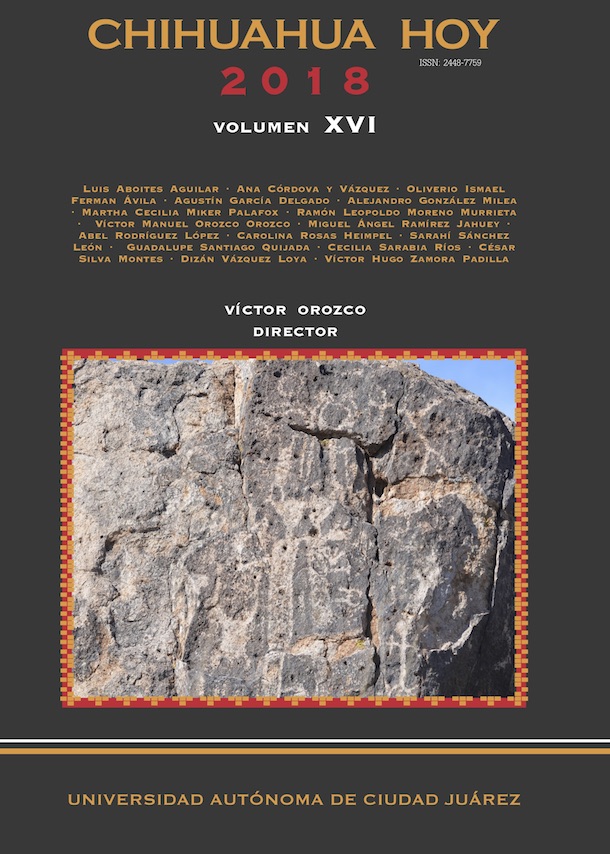Procesos espaciales, habitar e imaginarios en los espacios urbanos de Ciudad Juárez
At present the territory of Ciudad Juárez extends in different settlements which are mentioned as colonies and fractionations that respond to foundational processes, growth, and development in heterogenous form, whereby visions, uses, and practices detonate different actions and thoughts forms that...
Na minha lista:
| Autor principal: | |
|---|---|
| Formato: | Artículo |
| Idioma: | spa |
| Publicado em: |
Universidad Autónoma de Ciudad Juárez
2018
|
| Assuntos: | |
| Acesso em linha: | http://erevistas.uacj.mx/ojs/index.php/ChihuahuaHoy/article/view/2230 |
| Tags: |
Adicionar Tag
Sem tags, seja o primeiro a adicionar uma tag!
|
| Resumo: | At present the territory of Ciudad Juárez extends in different settlements which are mentioned as colonies and fractionations that respond to foundational processes, growth, and development in heterogenous form, whereby visions, uses, and practices detonate different actions and thoughts forms that make them special in their environment significantly.
The central objective of this study is to identify the ways in which urban residents of the city socially and culturally construct their ways of seeing and representing the place where they live and coexist daily, besides of pointing out the visions and imaginaries that emerge in relation to the specific way of inhabiting the environment where they decided to settle, taking the experiences and trajectories that are rescued from their thoughts and so occupying their colony or fractionation.
In view of this, the methodological proposal of this study starts from understanding the attitude and action of the residents seen from their own urban experiences, supporting us in the paradigm of the qualitative phenomenology which leads us to understand the relation between the story, the action, and the experience of living and imagining Ciudad Juárez. Likewise, it relies on the field trips directly to the places of residence of the actors through interviews, direct observation, cartography, and use of photography. |
|---|---|
| ISSN: |
